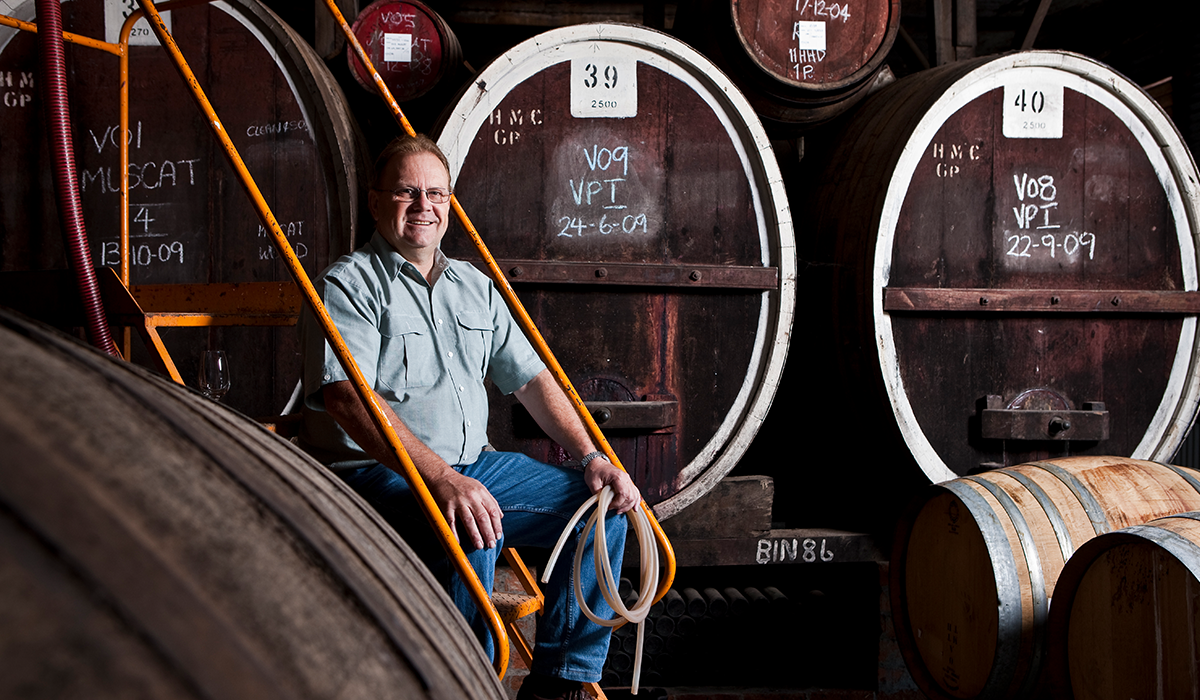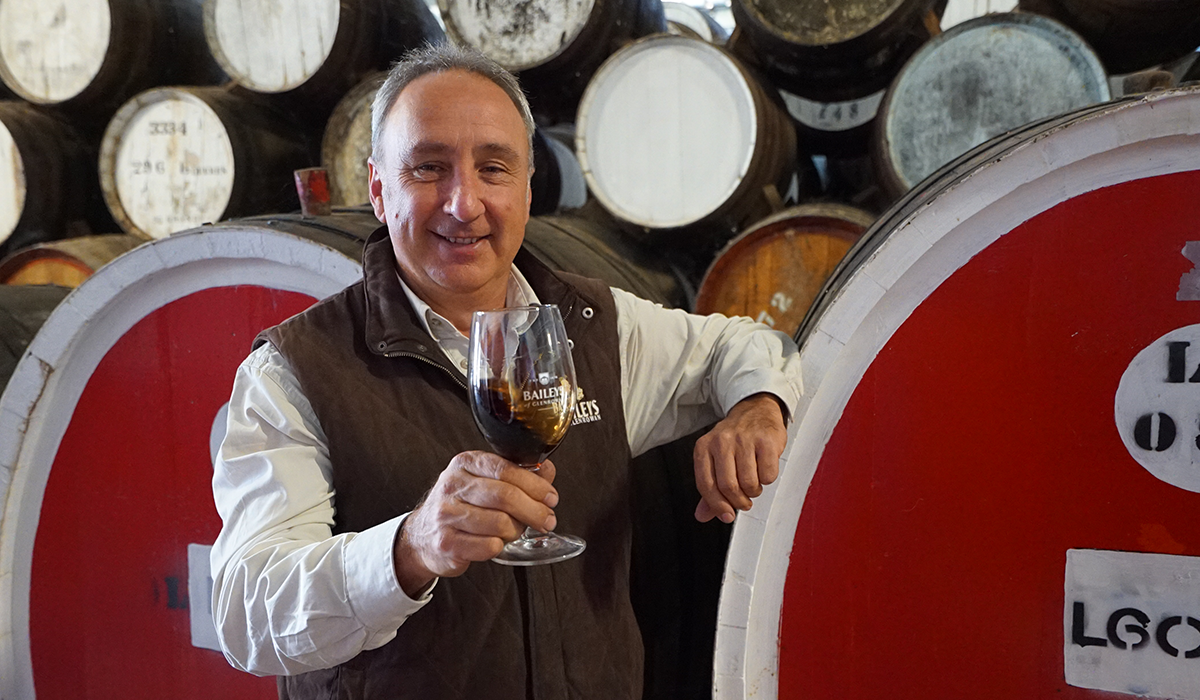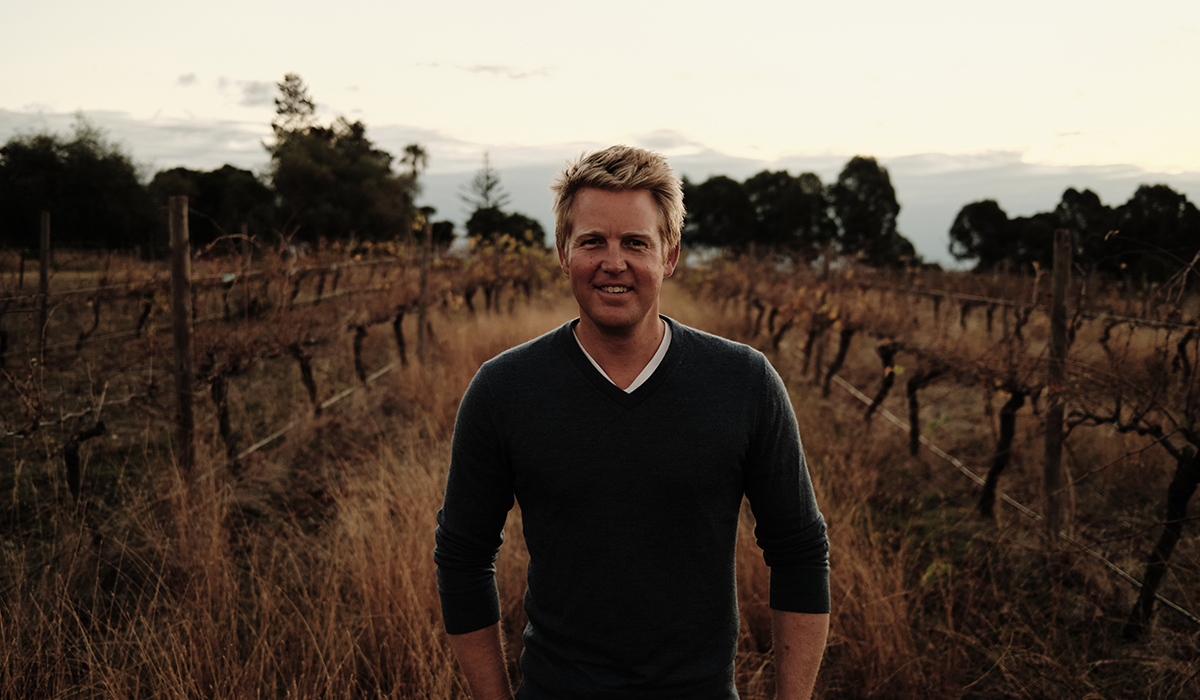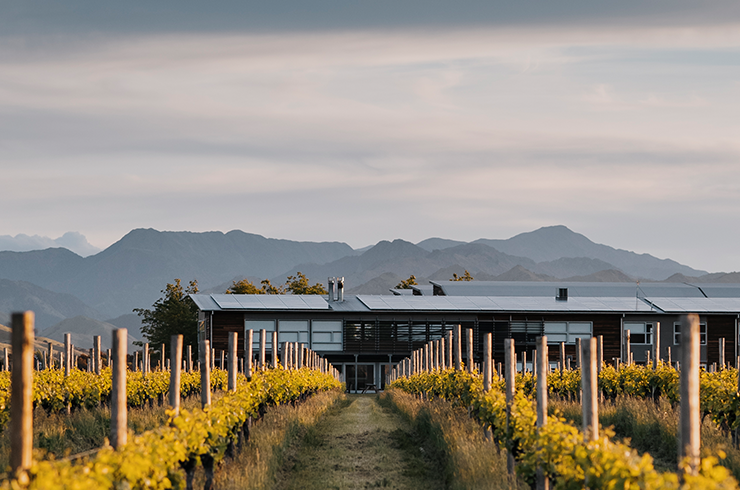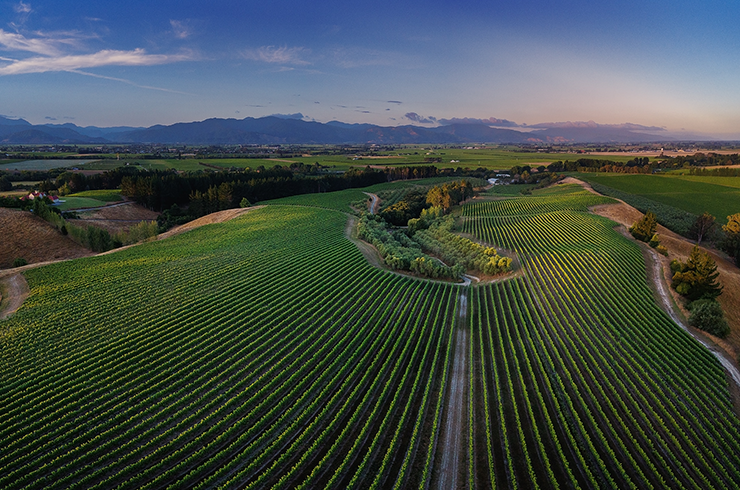"Fortified wines arguably represent the best value of all Australian wines given the cost of production, notably in the amount of working capital tied up for decades," says James Halliday.
Australia produces some of the world’s finest examples of topaque/muscadelle, muscat, and tawny fortified wines – especially from Rutherglen, Glenrowan and the Riverina wine regions.
We asked five masters of fortified wines about their winemaking process, the challenges they come up against, and when it comes to wines with such rich history, how their approach has changed or evolved.
David Morris – Morris, Rutherglen VIC
H. How do you approach the winemaking process?DM. Only the best vintages are selected for the Old Premium Rare. Matured in oak for many years, the fruit is left to hang on the vine to concentrate flavour and natural sugar levels. The grapes are hand-picked, crushed and allowed to partially undergo fermentation, before pressing and fortification with high strength neutral spirit. We ensure that the Morris range continues to be masterfully crafted with the same skill and passion that has been our hallmark since 1859.
H. How has your winemaking process changed or evolved?
DM. With a blend of old and young material, a transfer to casks and barrels for years of maturation concentrates the flavour to gain more texture and lusciousness through evaporation – otherwise known as the ‘angel's share’.
Russell Cody – McWilliam's, Riverina NSW
H. How do you approach the winemaking process?RC. It’s been a game of patience as a lot of work goes into keeping wine in barrels for 30 years. We aim to afford the wines as much time in the cellar as needed to reach their optimum taste and maturity. In composing the Very Rare blend, we carefully select the best parcels from our collection of barrel-age stock based on the style and quality of the wines. For this particular wine, only 26 barrels are considered. The aim is to create a traditional style of fortified, one that is brimming with layers, complexity and intensity of flavour.
H. How has your winemaking process changed or evolved?
RC. Our selection of age-specific releases shows an evolution of classic through to modern styles of Australian tawny across generations. Being custodians of this incredibly rare barrel-aged stock is a huge privilege. While ever-changing tastes have seen fortified wines go in and out of fashion, McWilliam’s has looked after these barrels for centuries. Our 30-Year-Old Very Rare Tawny wines offer big, bold flavours. Our younger releases like the 5-Year-Old and 10-Year-Old, show a modern and savoury style.
Jane Campbell – Campbells, Rutherglen VIC
H. How do you approach the winemaking process?JC. Our Rutherglen muscat is one of the last grapes to be harvested and is only ready when the sugar levels are high enough and the berries start to shrivel. They are full of Rutherglen sunshine due to our long autumnal weather that allows the ripening. Once ready for the barrel they enter our solera process which ensures a seamless consistency across our classifications. Our Classic Rutherglen Muscat is drawn from the solera at an approximate age of 15+ years.
H. How has your winemaking process changed or evolved?
JC. Rutherglen muscat evolves in the barrels that are dotted throughout the winery. Each year we top up with fresh material, which then develops in the solera to create a complex layer on the palate with enticing plum pudding fruits on the nose.
Paul Dahlenburg – Baileys of Glenrowan, Glenrowan VIC
H. How do you approach the winemaking process?PD. After crushing and fermentation, individual parcels of muscat were aged in various-sized barrels of old oak. The Glenrowan region has long warm summers with very little rainfall, allowing fruit to develop intense flavours and high natural sugar levels.
H. How has your winemaking process changed or evolved?
PD. The Glenrowan region has long warm summers with very little rainfall, which allows fruit to develop intense flavours and high natural sugar levels. Baileys of Glenrowan has some of Victoria’s oldest plantings of vines, and we know the land very well. Interestingly, after the devastation of phylloxera last century, the vines were replanted in the Warby Ranges’ rich granite soil.
Nick Brown – All Saints Estate, Rutherglen VIC
H. How do you approach the winemaking process?NB. I wouldn’t call it winemaking – rather that I am a caretaker of the rare stocks which we have had for over 100 years. During the year, I check on them [the stocks] and put aside the best parcels of fruit from current vintages, which will contribute to future Museum Muscat blends. The unique place we have at All Saints Estate in Rutherglen – from the weather to the architecture of the buildings – can’t be replicated anywhere else in the world. Museum Muscat is an expression of our place. It is a taste of history in a glass.
H. How has your winemaking process changed or evolved?
NB. This is a blended NV wine, however we do have evaporation loss known as the angel's share (which can vary from 2–7 per cent depending on the size of barrel). Over the years the wine concentrates and becomes more complex, while staying amazingly fresh and balanced. These All Saints Museum wines have been run as modified solera for over a century.
